Keeping your home cool and comfortable during summer becomes a top priority. Ductless air cooling systems, or ductless mini-split systems, have emerged as a popular solution for efficient and customisable cooling. Here, in this blog, we’ll talk about everything you need to know about ductless air cooling systems, from how they work to their benefits and installation process. Let’s embark on a journey to discover the future of home cooling.
How Ductless Air Cooling Systems Work:
Before we talk about the advantages of ductless air cooling systems, let’s first understand how they work. Unlike traditional central HVAC systems, ductless systems consist of two main components: an indoor air-handling unit and an outdoor compressor unit. A small refrigerant line and electrical wiring connect these components.
The indoor unit blows cool air into your living space, while the outdoor unit expels hot air. The refrigerant circulates between the two units, absorbing heat from indoors and releasing it outside. This process, known as heat exchange, allows ductless systems to efficiently cool your home without the need for extensive ductwork.
The Benefits of Ductless Cooling:
Ductless air cooling systems offer various benefits that make them a compelling choice for homeowners:
Energy Efficiency:
Ductless systems allow for zoned cooling, enabling you to cool specific areas of your home while leaving others unconditioned. This targeted cooling can lead to significant energy savings, as you won’t waste energy cooling unused spaces.
Easy Installation:
Installing ductwork in an existing home can be costly and invasive. Ductless systems are relatively easy to install, requiring only a small hole in the wall for the refrigerant line, making them a cost-effective and convenient solution.
Enhanced Comfort:
With individual air-handling units in different rooms, you can customize the temperature to suit each room’s occupants. Say goodbye to thermostat wars!
Quiet Operation:
Ductless systems are known for their whisper-quiet operation, ensuring peaceful nights and undisturbed conversations.
Improved Indoor Air Quality:
Traditional ductwork can accumulate dust and allergens. Ductless systems have multi-stage filtration, helping to maintain clean and healthy indoor air.
The Installation Process:
Installing a ductless air cooling system involves several steps:
Assessment:
A professional technician will evaluate your home to determine the number and placement of indoor units required for efficient cooling.
Mounting the Units:
The indoor units are mounted on walls or ceilings in the desired locations. These units are connected to the outdoor unit via the refrigerant lines.
Electrical Wiring:
Electrical connections are made to power the indoor units and outdoor compressors.
Refrigerant Charge:
The system is charged with the appropriate amount of refrigerant to ensure optimal performance.
Testing and Commissioning:
The technician tests the system to ensure it cools effectively and efficiently.
Maintenance and Care:
Ductless air cooling systems are relatively low-maintenance, but regular care is essential for optimal performance. Simple tasks like cleaning or replacing air filters and keeping the outdoor unit free from debris can prolong the system’s lifespan and maintain its efficiency.
Conclusion:
Ductless air cooling systems have revolutionized the way we keep our homes comfortable. Their energy efficiency, ease of installation, and customizable cooling capabilities make them an attractive option for homeowners. If you’re considering an upgrade to your home’s cooling system, ductless mini-splits should definitely be on your list. Embrace the future of home comfort and enjoy a cool, relaxing summer without breaking the budget.

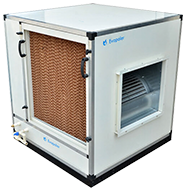

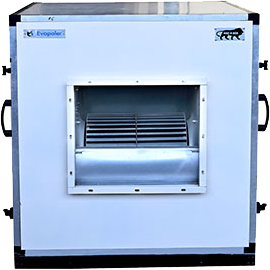
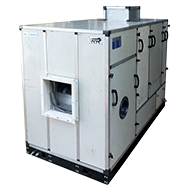
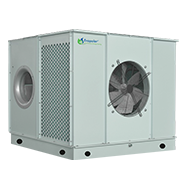
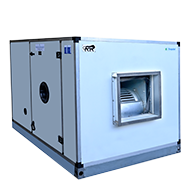
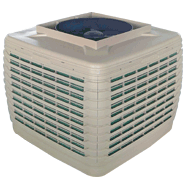































 Download Brochure
Download Brochure  Customer Care
Customer Care